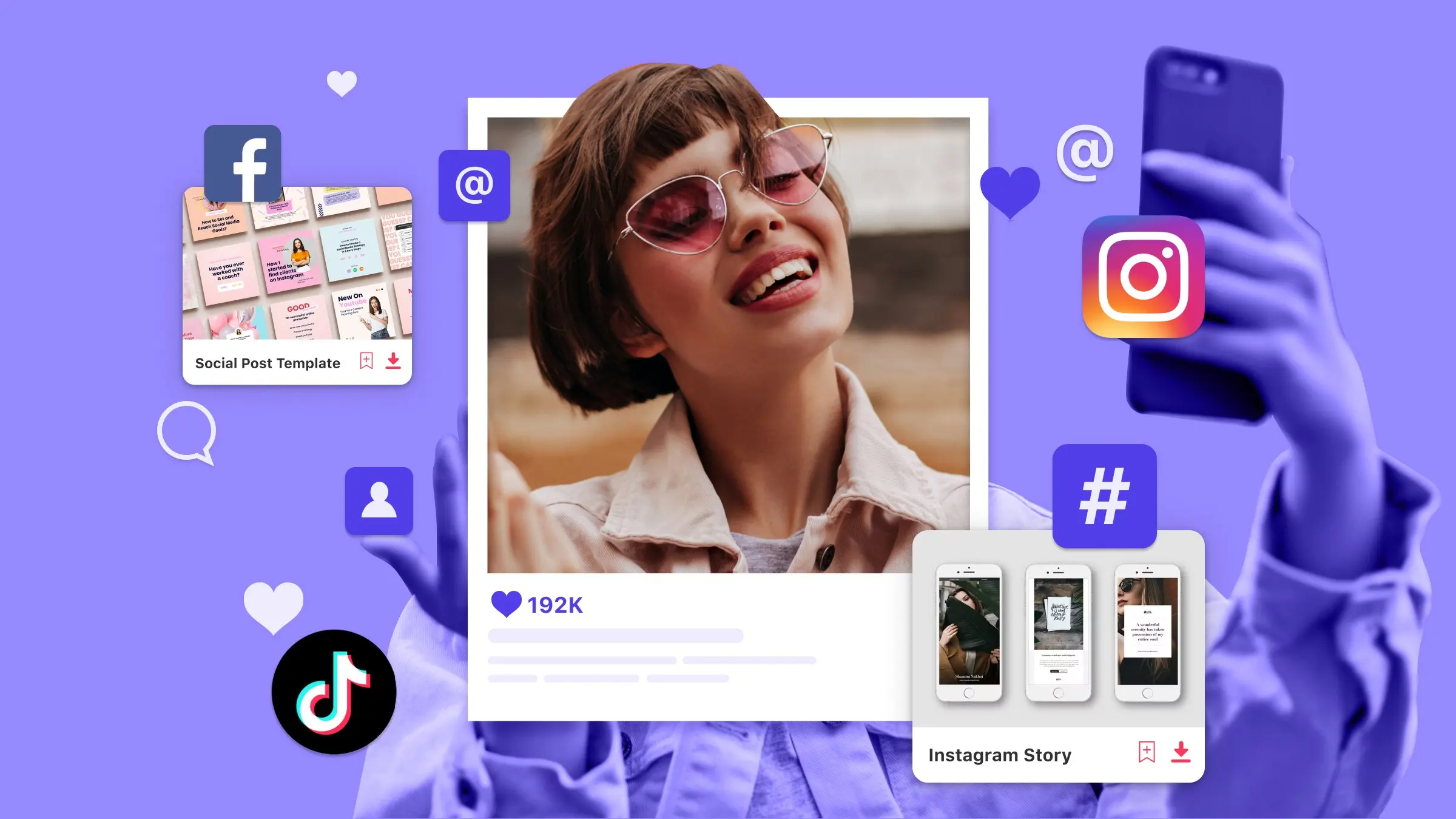In the world of influencer marketing, standardization remains elusive — and that’s not just a headache for creators. For brands, especially those led by seasoned founders and marketers, the absence of a pricing benchmark has turned influencer engagement into an unpredictable negotiation. A recent case study featuring fashion creator Molly Nelson reveals how divergent the pricing landscape is, even for mid-tier influencers with a consistent presence across platforms.
Nelson, who commands a modest but engaged following of 100K on TikTok and 27K on Instagram, has experienced everything from generous five-figure deals to unpaid content creation. Her situation reflects a broader industry truth: influencer pricing is less about objective value and more about who’s sitting on the other side of the table.
Five marketing professionals were asked to estimate what they would pay Nelson for a sponsored Instagram Reel and TikTok video. Their quotes ranged dramatically — from $275 on the low end to $20,000 on the high end — based on criteria that varied just as widely: follower count, engagement rate, production value, content style, usage rights, and brand alignment. That inconsistency is more than a curiosity — it’s a red flag for operational inefficiency in an otherwise maturing sector.
The Real Costs of the Pricing Gap
Let’s step back and ask: why does this matter for founders and brand leaders?
Because the ambiguity around pricing isn’t just confusing — it’s expensive. Without a common standard, many brands either dramatically overpay or unknowingly underpay, jeopardizing both their budgets and their brand equity. Worse still, undercompensated creators are less likely to deliver high-performing content, or even worse, ghost on projects altogether — a risk that’s quietly increasing as influencer fatigue and creative burnout rise.
Moreover, emerging trends like gifting-only campaigns and commission-based deals suggest a commodification of creator work, especially as some brands use “market saturation” as justification for shrinking budgets. This risks eroding the very trust and creativity that influencer marketing is supposed to leverage.

The Professional Divide: Who Gets It Right?
What stood out most from the expert responses was the divergence in valuation logic:
- Data-driven marketers (like Nova Co and The Knot) focus on traditional metrics — follower count and engagement rate — resulting in conservative budgets.
- Brand-forward strategists (such as Brand Curators and Alaska Airlines) treat creators like production partners, valuing long-term use, exclusivity, and content quality — leading to high-ticket pricing.
- Hybrid operators (like Ethique Beauty) value niche audiences and trend adaptability, blending the two perspectives.
This divide shows a maturing market with different pricing philosophies — but little consensus. Brands with a clear content strategy, strong creative direction, and long-term influencer vision are more likely to establish stable partnerships with creators who deliver ROI beyond views and likes.
What Founders Should Consider
For founders and CMOs navigating this evolving space, a few takeaways stand out:
- Engagement and aesthetics matter, but so does consistency. Vet creators not just by reach, but by reliability and content depth.
- Pay for more than the post. Usage rights, exclusivity, and cross-platform licensing are all part of the cost of doing digital business — and ignoring them can lead to legal and brand dilution risks.
- Build relationships, not just campaigns. Trusted creators are more flexible, more collaborative, and more aligned with brand tone over time.
Final Thought
Influencer marketing isn’t going anywhere, but unless the pricing conversation matures, the industry risks spinning its wheels. Brands need to move beyond vanity metrics and develop internal frameworks that treat creators not just as ad space, but as creative entrepreneurs — worthy of transparent, strategic investment.
